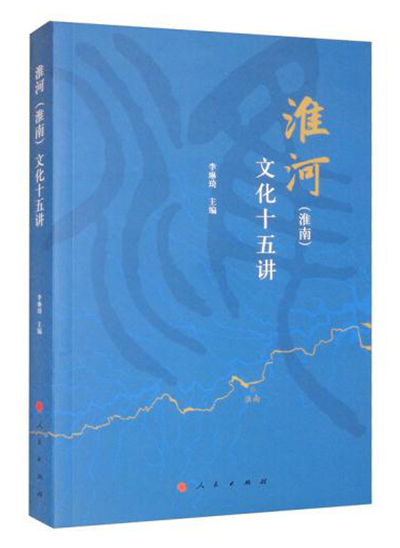History and culture of Huainan and Huai River

Fifteen Lectures on Huai River (Huainan) Culture
Fifteen Lectures on Huai River (Huainan) Culture, compiled under the chief editorship of Li Linqi, a professor from the School of History at Anhui Normal University, focuses on the local area of Huainan [a key cultural area in the Huai River basin]. While highlighting the Huai River culture, it also explores the nationwide influence of local culture.
It is composed of 15 features, including regional space, The Huainanzi, 24 solar terms, water culture, historical wars, literature and art, dialects and folk customs, intangible cultural heritage, idioms and allusions, the Shouzhou kiln, the status of ancient capitals and strategic towns, local delicacies, red culture, typical figures, and coal mining culture, making a comprehensive and systematic interpretation of the rise and fall of Huainan history and regional cultural characteristics.
Huainan’s local cultural characteristics are narrated through the big historical scene of the Huai River culture, highlighting the unique charm and historical contributions of Huainan culture. “Being encircled by rivers and being a regional capital,” the historical geography perspective can explain the natural and social mechanism of how the Huainan culture was formed. The book combines the geographical situation with an explanation of Huainan’s city status, traffic position, and military position in the Huai River basin, demonstrating its political, economic, and cultural position in history based on specific historical facts.
To better present the overall appearance of a regional culture, research on local history and culture needs to run through both the ancient and modern. The book also provides observations on local history and culture over a long span. For example, calligraphic development of each historical period in Huainan is presented one by one, including the origin of Huaiyi [ancient tribes living in the Huai River basin] writing, the evolution of bronze inscription calligraphy in Cai State and Chu State during the Zhou Dynasty (c. 11th century–221 BCE), literature from inscriptions on bronzes and stone tablets in the Han (206 BCE–220), Wei (220–265), Jin (265–420), Southern and Northern Dynasties (420–589), Sui (581–618), and Tang (618–907), stone inscriptions and representative figures in the Song (960–1279), Yuan (1271–1368), and Ming (1368–1644) dynasties, as well as famous calligraphers from the Qing Dynasty (1644–1911) to the Republican era (1912–1949). The section involves multiple and comprehensive analyses of writing’s origin and evolution, inscriptions on bronzes and stone tablets, figures and schools, and artistic styles.
Huainan’s coal mining history is used to clarify the relationship between coal mining and the formation of Huainan City, which indicates the motivation behind the formation of Huainan railway, population, towns, and industrial systems, giving a new comprehensive interpretation to understand Huainan’s “prosperity due to coal.”
Li Song is from the School of History at Anhui Normal University.
Edited by YANG LANLAN

 PRINT
PRINT CLOSE
CLOSE